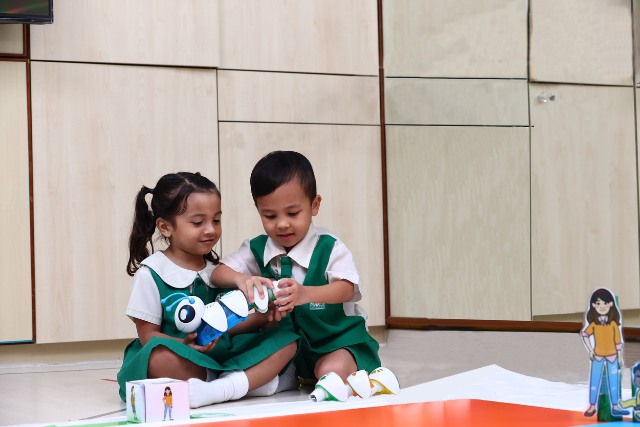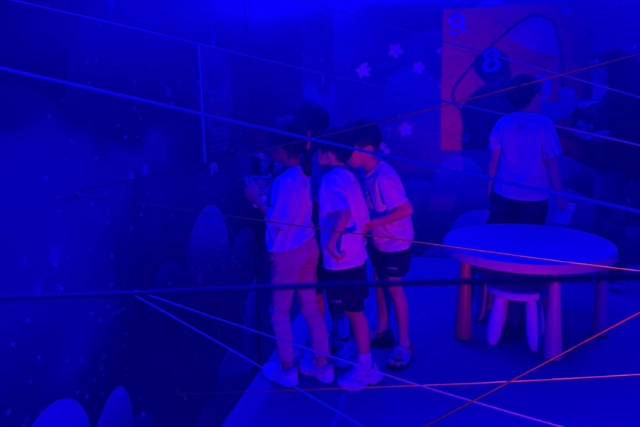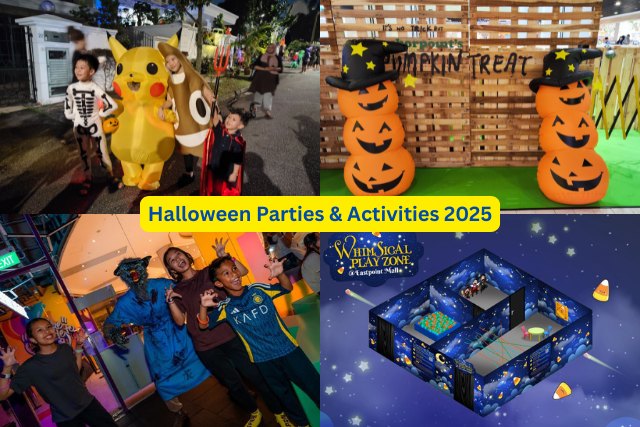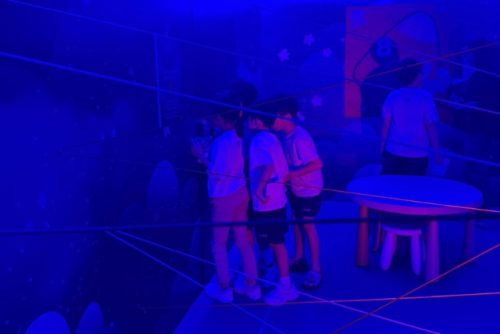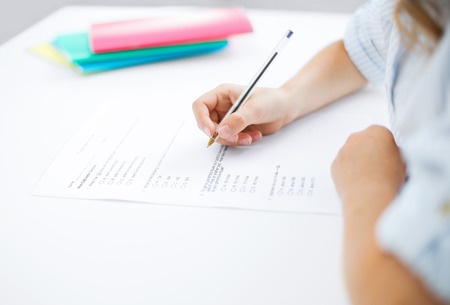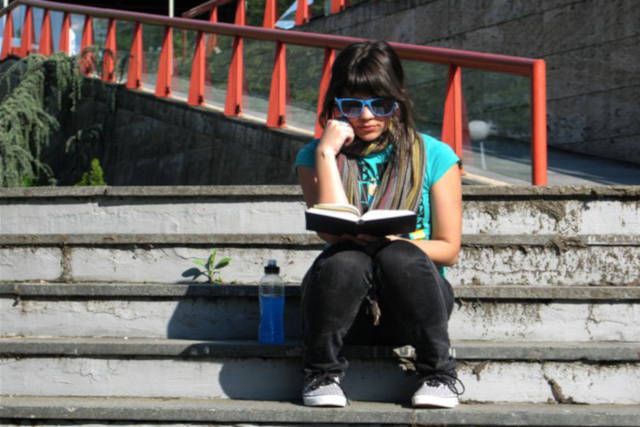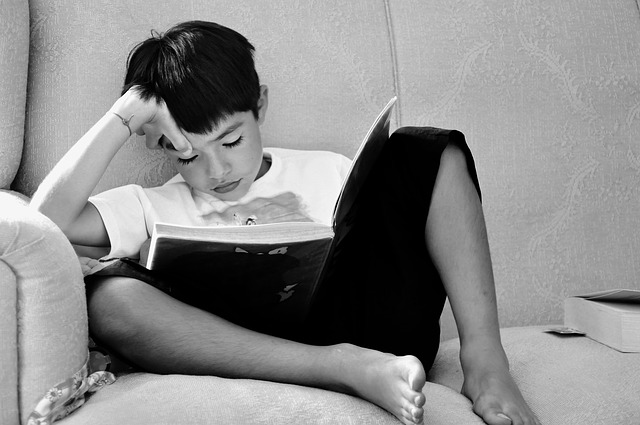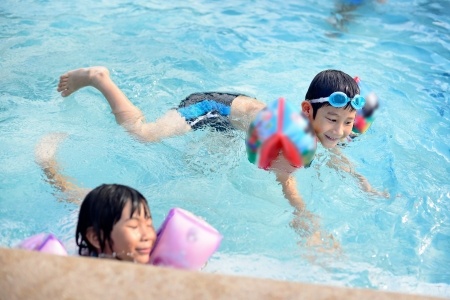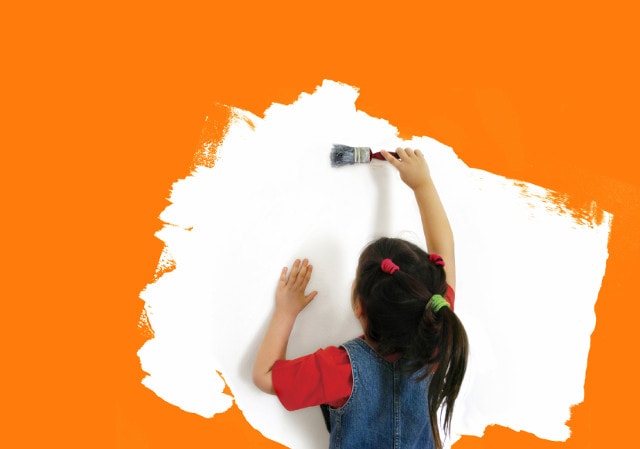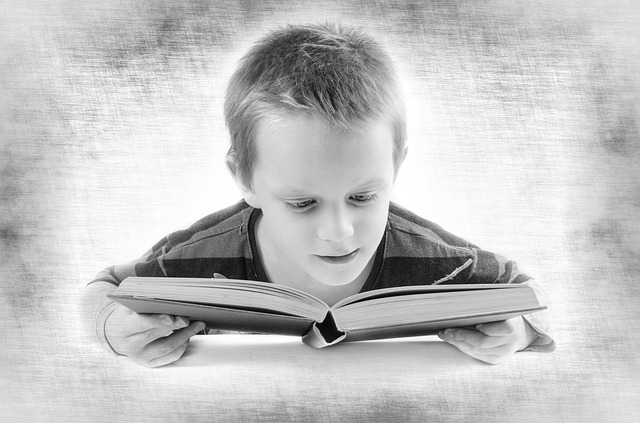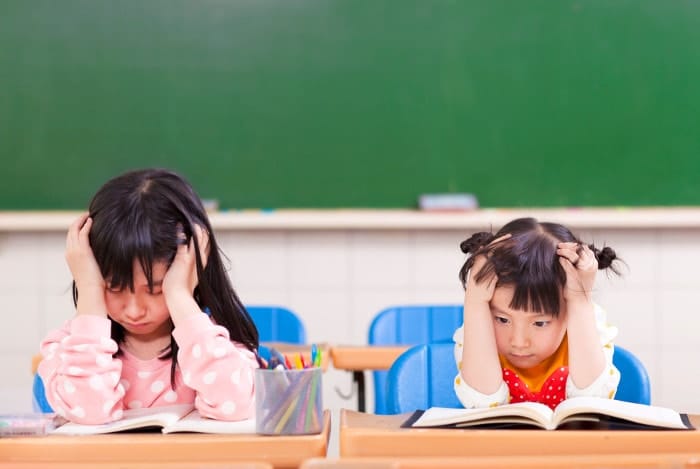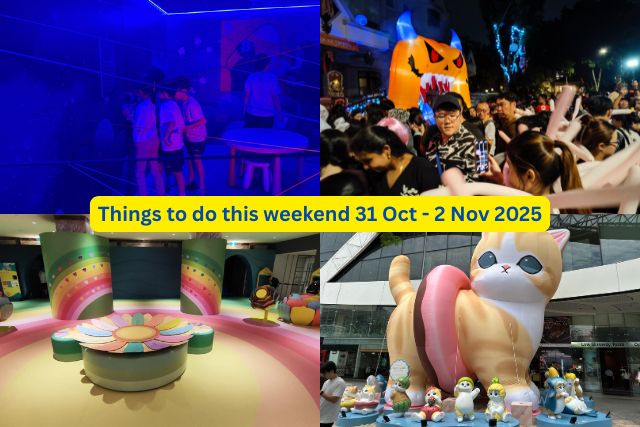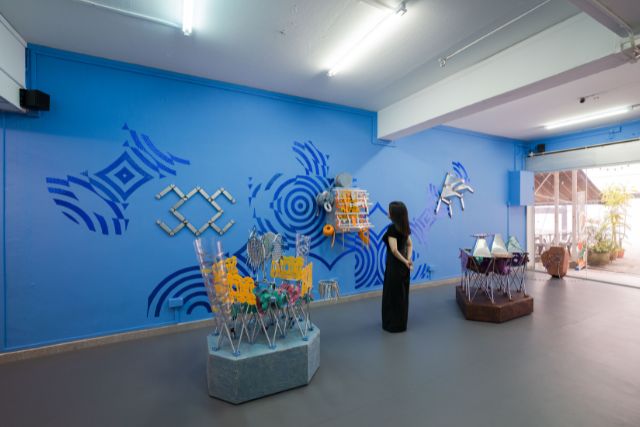One possible situation that is happening right now at home, during this period nearing the PSLE, is a complete lockdown of all forms of entertainment and use of electronic devices, followed by the image of a child sitting at the study table, mugging for the PSLE. This setting is likely going to continue, until the very last subject of the PSLE is over, which is likely Science.
➡️ Related Read: Important PSLE Dates

What can be done to help children who are weak in Science?
Unlike the mathematics syllabus, which progresses in a spiral fashion, the science syllabus takes a modular or thematic approach.
⇒ Related Read: What Are Heuristics?
Students begin by learning to make classifications between living and non-living things, move on to learn about matter and non-matter, the body systems, the cycles of life and then to the ecology and environment in P6.
Many weaker ones may not have learnt the basic facts well, affecting their ability to apply concepts in the science questions.
They may be confused between the number of stages in the life cycles of different insects, are unable to identify the food and water-carrying tubes of a plant correctly from a cross-section of its stem or label the various parts of a flower wrongly for example.
Naturally, the teacher may not have time in the classroom to explicitly re-teach the P3, P4 and P5 content so parents can help their child sort and iron out the misconceptions. The content in the science syllabus has already been reduced. Thus, ensuring all the facts and concepts are correctly learnt is straightforward.
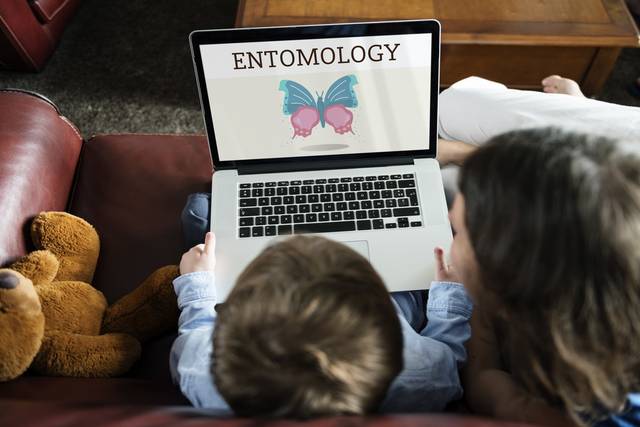 Image from rawpixel.com
Image from rawpixel.com
The summary at the end of each chapter in the textbooks is a good place to start. You can do a quick verbal test on your child from the information found in the summary to screen and weed out misconceptions. This will help a weaker child to correctly apply basic concepts and facts.
Reducing ambiguities during revision
Some parents who try to help with the homework and the barrage of practice papers given by the school may also face uncertainties, especially in the open-ended section. Hence, it is better to avoid ambiguities and even conflicting instructions by leaving questions in this section to the teachers in school.
Students would already have been taught specific answering techniques and ways to phrase their answers appropriately in the classroom. Reviewing past multiple-choice questions will be more beneficial. Facts and concepts from all the topics can be revised with answers confined clearly in the options.
Why a child may seem to know the facts and concepts well, but still struggles
Science is, apart from amassing facts, a subject that cultivates advanced thinking skills like analysing and inferring. Students who struggle in Science are usually not very proficient in such thinking skills despite being good at recalling facts.
The main challenge for science students, then, is to be able to read between the lines in the questions, identify the hidden information, and then make links to what they have learnt to find the explanation.

(1)
Because the pond is muddy, insufficient sunlight is reaching the water plants. [Hidden information]
(2)
Plants carry out photosynthesis in the presence of sunlight and give out oxygen, so the rate of photosynthesis is low in muddy waters. [Concept].
Answer:
The fishes are near the water surface due to the lack of oxygen produced by the plants in the water. [Linking and applying concepts learnt to explain an observation]
Sharpening thinking skills
The explicit drills to answer exam-style questions are ongoing in the classroom. There are, however, other approaches to support revision work, apart from doing more practice papers.
While students are not required in Science to construct diagrams like tables, flowcharts and graphs, there is nothing to stop a child from attempting to do so at home. A child can also learn to apply knowledge and concepts while constructing such diagrams.
This higher-order and less rigid activity allow the child to become more adept at understanding the data presented in such visual forms, improving the ability to interpret data presented in diagrams in the exam.
Science in the real world
Application questions in the PSLE paper need not only be confined to explaining observations in controlled experiments involving scientific set-ups. Students can also be asked to explain the workings of devices or observations in the real world.
While the teacher provides input and hones thinking skills through the worksheets, there isn’t much room for the teacher to extend the opportunity to apply science learning beyond the classroom, due to time and physical constraints.
Parents can help to bridge the gaps and further sharpen your child’s analytical abilities in daily life situations, beyond the confines of the science syllabus and the classroom walls.
It need not only be done through pen and paper. A simple trip to the supermarket can be a good opportunity for the child to apply what is learned in class to observations made about one’s surroundings.
The fogging glass door of the drinks chiller in a supermarket (condensation), the gaps in intervals along pavements (heat causes matter to expand) and even the transition of gravitational potential energy to kinetic energy in the lift mechanisms are good opportunities to link abstract concepts of physics to real-world phenomena.
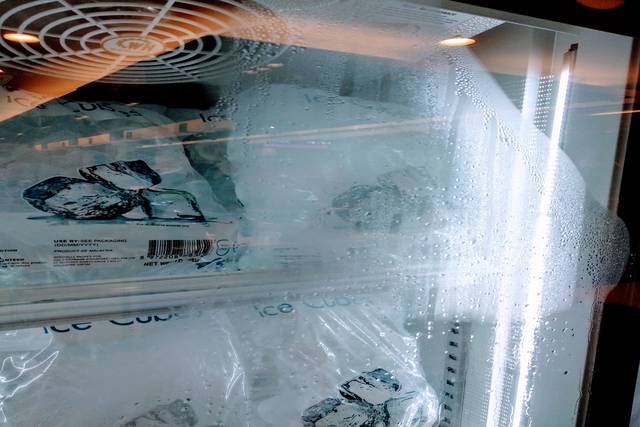 Illustration of condensation as seen in a drinks chiller
Illustration of condensation as seen in a drinks chiller
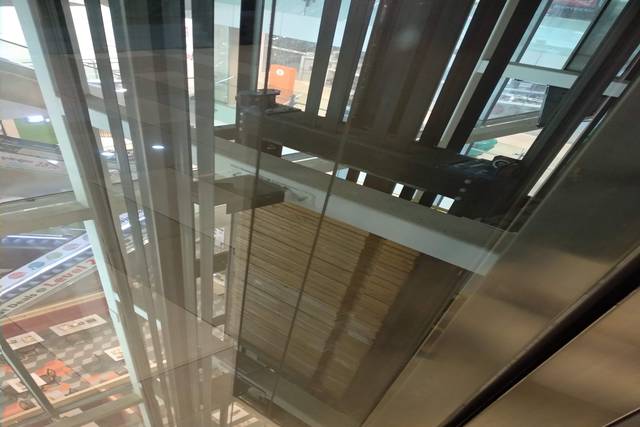 Illustration of kinetic energy as seen in lift mechanisms
Illustration of kinetic energy as seen in lift mechanisms
Once, the simple concept that magnets can repel each other (taught in P3!) was examined in the Maglev trains in one of the questions during the PSLE.
So, it pays for your child to keep abreast of current technologies or global issues like environmental problems and to be aware of the involvement of the scientific concepts he or she has learnt in the classroom.
Forming a foundation for scientific knowledge
It is crucial for a child to have a competent grasp of the basic scientific facts and concepts. Once that is taken care of, the main focus is to ensure a child is able to use thinking skills to apply scientific knowledge to explain observations in controlled scenarios like scientific experiments, data or things that happen in the real world.
Sharpening thinking skills like analysing and inferring do not have to be confined only to repeatedly doing science practice papers. Instead, home support for the science exam preparation can be more open and exploratory.
Considering the fact that this is a technological age where information can be accessed with ease, there is nothing a short YouTube video can’t solve!
Text and photos by Tan Khee Shian.
* * * * *
Stay in touch! Subscribe to our Telegram here for all our latest updates.
Like what you see here? Get parenting tips and stories straight to your inbox! Join our mailing list here.













